At a first glance at the map, it looks like the town of Uddevalla is inland. However, the bay of Byfjorden actually connects the town with the sea of Skagerak. After all, this is the province of Bohuslän on the western coast of Sweden, where the sea and the smell of herring are never far away.
With a population of almost 36.000 inhabitants, Uddevalla is one of the main urban centers in Bohuslän.
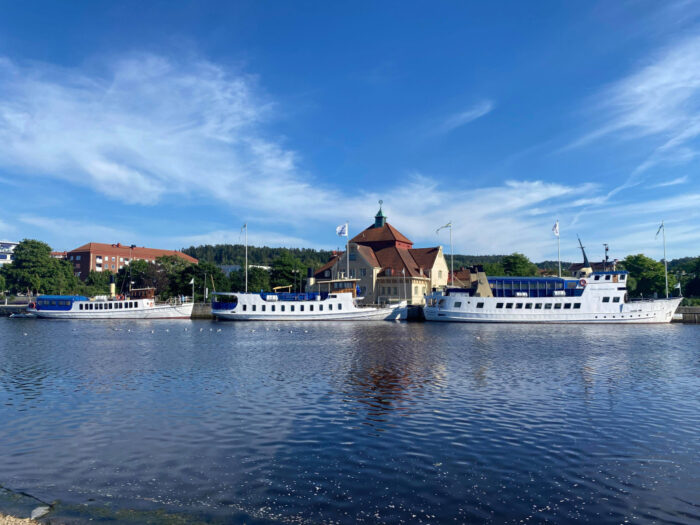


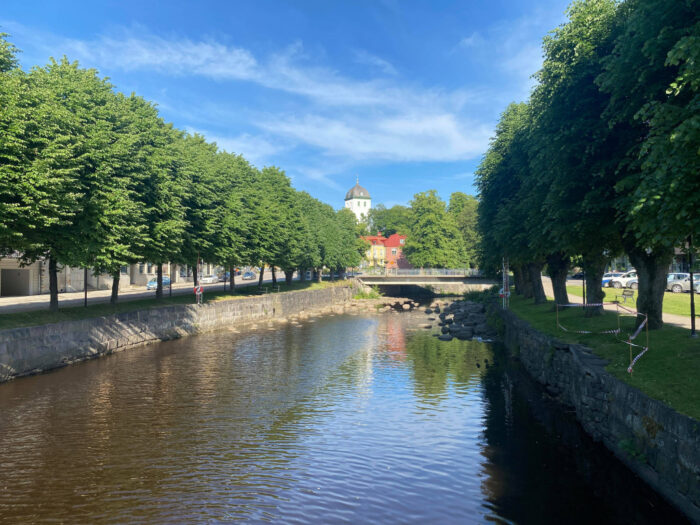

A Short History of Uddevalla
Uddevalla has its origins in a time when the province of Bohuslän was a part of Norway. At that time its Norwegian name was Oddevald. Uddevalla was a market town already during the 15th century, but its vicinity to Sweden would cause problems. The town was besieged and burned down during the many wars in the 17th century. After many conflicts, the whole province of Bohuslän became Swedish with the peace treaty of Roskilde in 1658.
The Herring Economic Boom
The 18th century turned out to be a smelly business. First in regards to the death of the Swedish King Karl XII in Norway in 1718. He was carried from Norway to Uddevalla, where he was prepared for the rest of his last journey back to Stockholm.
Uddevalla also came to be an important center during the herring period of the century. As the whole of Bohuslän was engaged in fishing, Uddevalla joined in the business with whole industries growing up around the fish processing. In fact, this process resulted in the third-largest trading fleet in Sweden, after Stockholm and Gothenburg.
New Industries
Once the herring fishing had declined it took a long time for Uddevalla to get back on its feet. A recession had hit and it took until the mid-19th century before new industries started to develop. In addition to several new manufacturers, the steamboats and the railway made transports easier at the turn of the century.
Uddevallavarvet, the shipyard, was established in 1945. The shipyard actually originated in Providence, Rhode Island, from where it was moved to Sweden. The shipyard was, for some years, the largest employer in the province. It survived until 1986 when it was closed down. The site was afterward a production site for Volvo until 2013, with the production of Volvo 740 and Volvo C70 to mention a few. The factory had prior to the closing around 600 employees.
In regards to the shipyard, one of the last ships to leave the yard was TT Nanny in 1978. The oil tanker was at the time the world’s largest. It was 364 meters long and 79 meters wide. That is to be compared to the world’s largest-ever oil tanker, the TT Seawise Giant, which was 458 meters long and 69 meters wide. Both of these giants have today been scrapped.


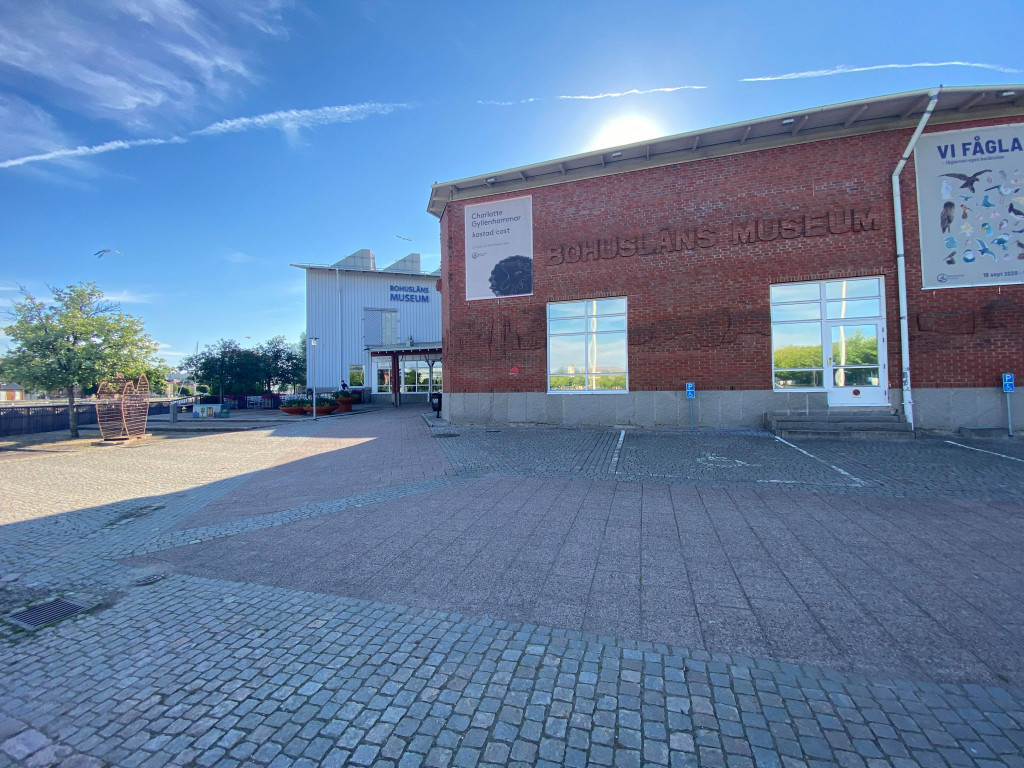


Things to Do and See
With a long history comes a lot of sights. For a few towns, such as Uddevalla, many of the really old sights have never survived, but that doesn’t mean that there is not history in every stone still standing. Some of the stones might even still speak Norwegian.
Bohuslän Museum
Bohuslän Museum tells the story about the province of Bohuslän, its people, and their lives. Its exhibitions its collection of objects and stories from the past.
Bohuslän Defence Museum
Bohuslän Defence Museum, or Bohusläns Försvarsmuseum in Swedish, tells the story of the Bohuslän Regiment. There is also more information about Sweden, the fortifications around Uddevalla, and the German plane that was shot down here in 1940.
Kungstorget
Kungstorget, the King’s Square, is one of the main squares in central Uddevalla. It is guarded by a statue of the former King Karl X Gustav. The square is surrounded by some of the more important buildings in the town.
Uddevalla Church Tower
Uddevalla Church dates back to 1811. It replaced an earlier church that had burned down a few years earlier. The clock tower belonging to the old church was saved after the fire and was reconstructed. It was built in 1751 and stands on a hill overlooking the town.
Margretegärde Park
Margretegärdeparken, the Margretegärde Park, was established in 1910 and is one of the central parks in Uddevalla.
Skalbankarna
Skalbankarna, or the Shell Banks in English, are an area with a large accumulation of shells. One of the world’s largest shell banks can be found outside of Uddevalla. It has a walking path and there is also a museum here to tell the story of the place.
Strandpromenaden
Strandpromenaden, the beach walk in English, is a pathway along the coast from Uddevalla to Gustafsberg and Lindesnäs.
Villa Elfkullen
Villa Elfkullen is more of the more peculiar houses in Uddevalla. It was built in 1878. Its builder and owner died in 1922, but the building was renovated in 1981 to save it from further disrepair. It is today one of the sights in the town and has a café with limited opening hours.



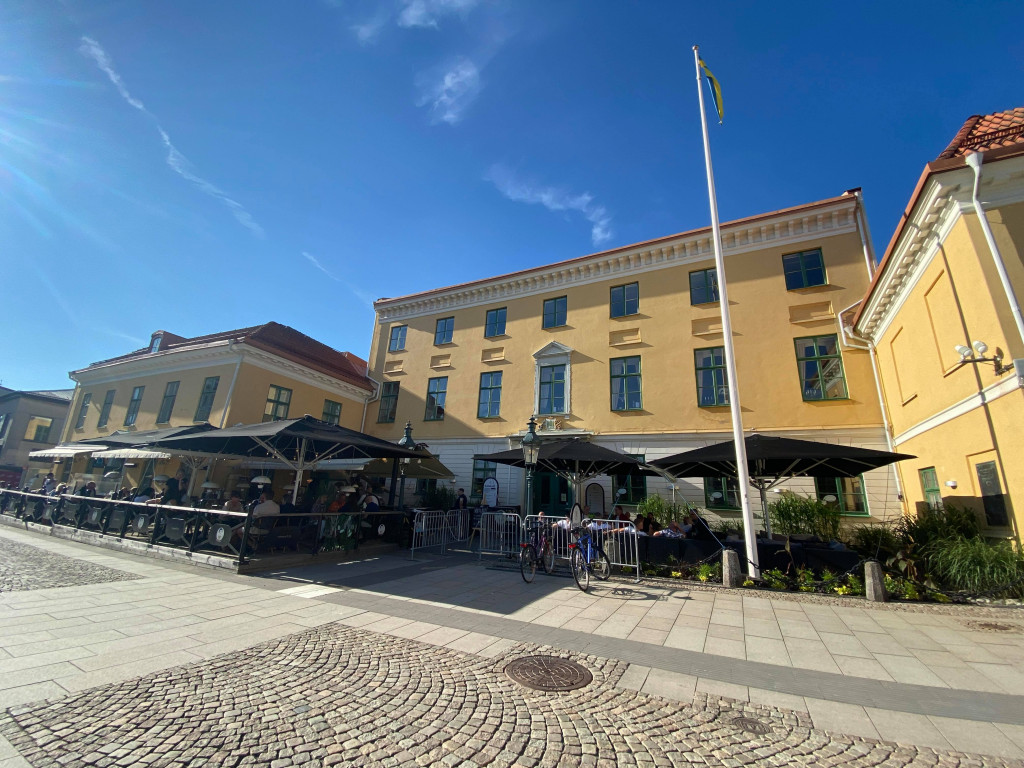
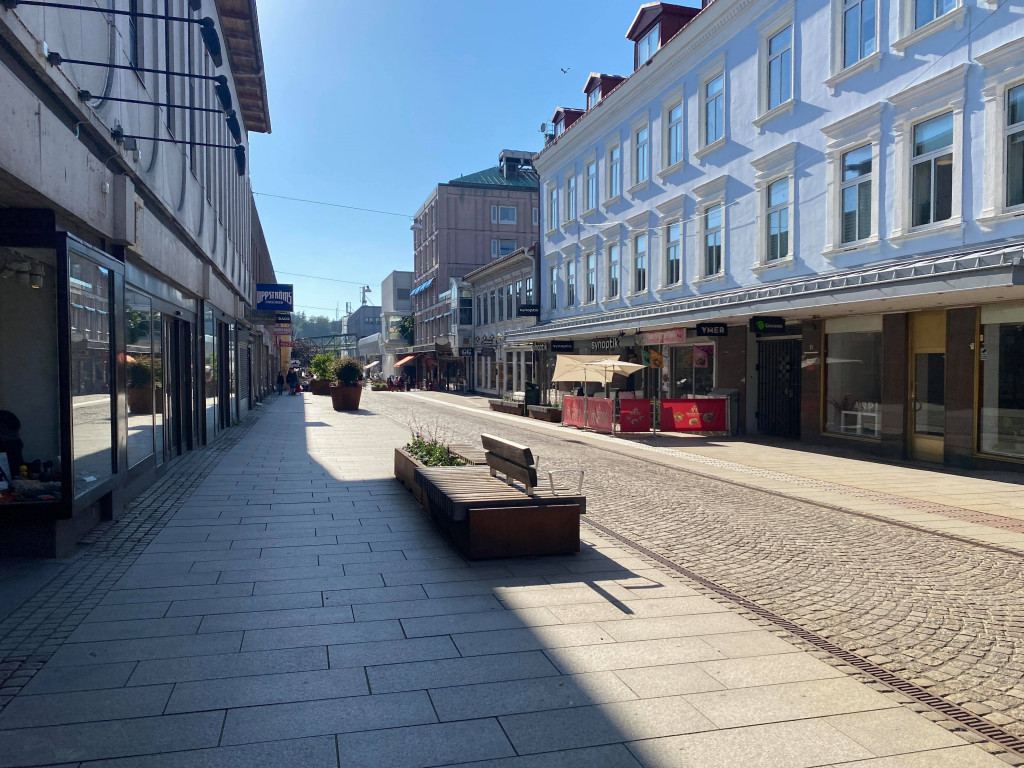
How to Get to Uddevalla
- Flights: There are domestic and international routes to and from Göteborg Landvetter Airport (GOT), which is 105 kilometers away.
- Car: Uddevalla is located along E6, between Ljungskile and Munkedal.
- Bus: Local and regional buses from Västtrafik connect Uddevalla with the surrounding region.
- Train: Västtågen has trains arriving to and departing from Uddevalla, destinations mostly include Gothenburg, Herrljunga, and Strömstad.
The driving distance from 5 major Swedish cities, according to Google Maps:
- Stockholm – 447 kilometers (4h 56min)
- Gothenburg – 84 kilometers (59min)
- Malmö – 357 kilometers (3h 33min)
- Linköping – 307 kilometers (3h 33min)
- Kiruna – 1544 kilometers (17h 10min)
Find out more about other destinations in Sweden by visiting our page Exploring Sweden


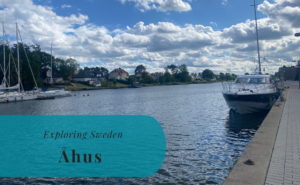
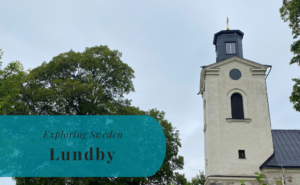


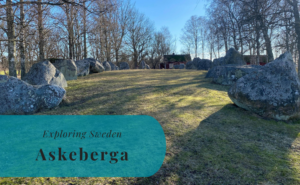
“With a long history comes a lot of sights.” 💗 True this.